I. A Brief Overview of the Disinformation Era
II. Impact of Disinformation Environment on Academic Legal Research
III. Ways to Detect Disinformation and Misinformation
One of the requirements for the content of academic legal writing is reliability. For this reason, it is necessary to be sure of the validity of the collected information that will be indicated in writing. However, it is quite challenging to determine whether the source is reliable in the age of disinformation, in which a large amount of unfiltered data exists. This blog will discuss issues such as an overview of the disinformation era, its effect on academic legal research, and the methods of assessing sources.
I. A Brief Overview of the Disinformation Era
Nowadays, we live in a post-truth era which is full of fake data and alternative facts.[1] Spread of fake news is not only today’s problem; the situation has existed since the 1950s.[2] Falsified data was spread mostly by governments to influence people’s political thoughts back then.[3] However, today it is easier than ever for everyone to form and distribute the fake data for various purposes with the help of modern technology and social media.[4]
Today’s post-truth environment mainly contains fake news, disinformation, and misinformation, with certain differences.[5] While misinformation has been depicted as “false, mistaken, or misleading” information, frequently considered an “honest mistake”, disinformation is false information spread purposely to mislead or deceive.[6] On the other hand, fake news has been characterized as “news, articles that are intentionally and verifiably false, and might mislead readers”.[7] Therefore, fake news is considered an example of disinformation.
II. Impact of Disinformation Environment on Academic Legal Research
The existence of fake data creates an obstacle; it requires taking into consideration certain conditions, particularly during gathering sources. In academic legal writing, references to the information indicated in the content of the writing should be included.[8] Because the evidence which attaches importance to the main argument originates from the sources referred to in academic legal writing.[9] In this regard, it is essential to ensure the validity of presented facts; for this reason, selected sources should be credible.[10] Otherwise, citing unreliable sources will reduce the credibility of the writing and make the argument sound less powerful.[11] In the modern age, the abundance of falsified information confronts researchers with the mentioned situation. Following this, each researcher needs to learn to select sources wisely.[12] For this purpose, there is a necessity to acquire critical media literacy skills to evaluate online content while conducting academic legal research.[13]
III. Ways to Detect Disinformation and Misinformation
Many checklists are broadly instructed by experts in information literacy fields, particularly for evaluating academic projects, such as online resources to detect invalid data.[14] One of the most widely used checklists is CRAAP.[15] The CRAAP test was devised by Sarah Blakeslee in cooperation with a team of librarian instructors at California State University, Chico, in 2004.[16] It comprises five overarching criteria: currency, relevance, authority, accuracy, and purpose. Except for “relevance”, other criteria’s function is to check the credibility of the content. These four criteria contain the following issues:[17]
| Currency[18] | Currency refers to when the information (website) was updated or revised. It is also important to check the functionality of links according to this criterion. |
| Authority[19] | The main essence of the authority is to determine the author of the information and his qualification to write on the topic. |
| Accuracy[20] | This criterion has an essential role in determining the reliability of information. It requires checking the source of the information, whether it is supported by evidence, and whether there are grammatical and spelling errors in its content. |
| Purpose[21] | The purpose of the information should be clarified to check whether the point of view is objective or impartial. |
This blog has described the disinformation era, highlighted its significant impact on academic legal research, and some of outlined ways to identify disinformation. In conclusion, the disinformation environment creates severe obstacles to finding reliable sources in academic legal research. Hence, this situation puts the credibility of research content at risk. For this reason, each researcher should have source-evaluating skills to prevent disinformation in academic legal writing.
[1] Isam Mrah, Digital Media Literacy in the Age of Mis/Disinformation, 41 Digital Education Review 176, 180 (2022).
[2] Kai Shu, Amrita Bhattacharjee, Faisal Alatawi, Tahora Nazer, Kaize Ding, Mansooreh Karami, Huan Lui, Combating Disinformation in a Social Media Age, 10 Wiley Interdisciplinary Reviews 1, 3 (2020).
[3] Ibid.
[4] Mrah, supra note 1, 177.
[5] Shu, supra note 2, 2.
[6] Ibid.
[7] Ibid.
[8] The University of Adelaide, Source Credibility, 1 (2014).
[9] Ibid.
[10] Ibid.
[11] See Cayla Buttram, David MacMillan, Leigh Thompson, Source Credibility: How To Select The Best Sources (2012).
[12] Supra note 8.
[13] Supra note 1, 178.
[14] Dawn Wichowski, Laura Khol, Establishing Credibility in the Information Jungle: Blogs, Microblogs, and the CRAAP Test, Presentations & Journal Article 229, 230 (2013).
[15] Ibid.
[16] Victoria Elmwood, The Journalistic Approach: Evaluating Web Sources in an Age of Mass Disinformation, 14 Communications in Information Literacy 269, 272 (2020).
[17] Dawn, supra note 14, 231.
[18] Ibid.
[19] Ibid.
[20] Ibid.
[21] Ibid.
Author: Karimova Alsu, Baku State University Law Faculty, a sophomore.
